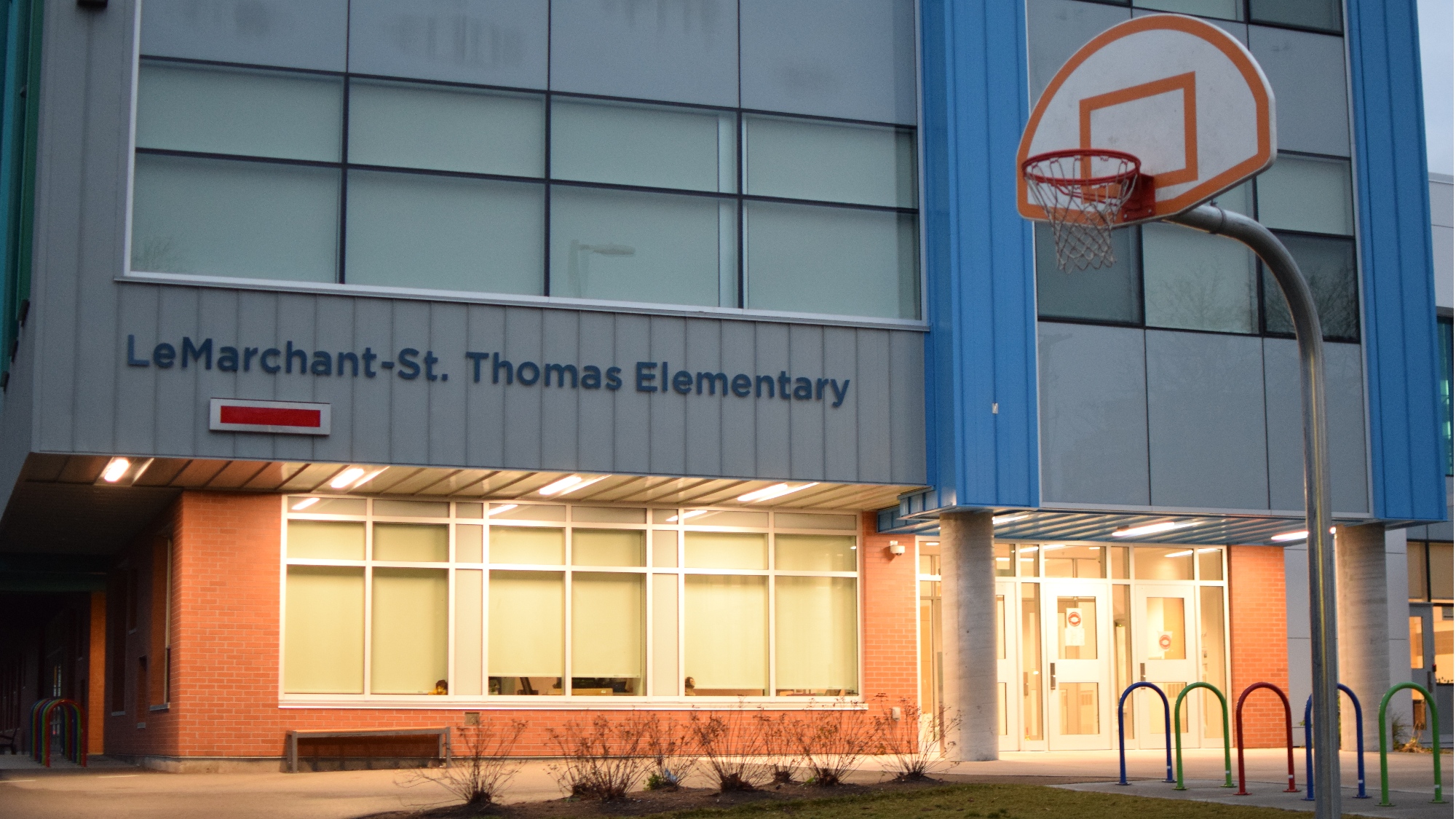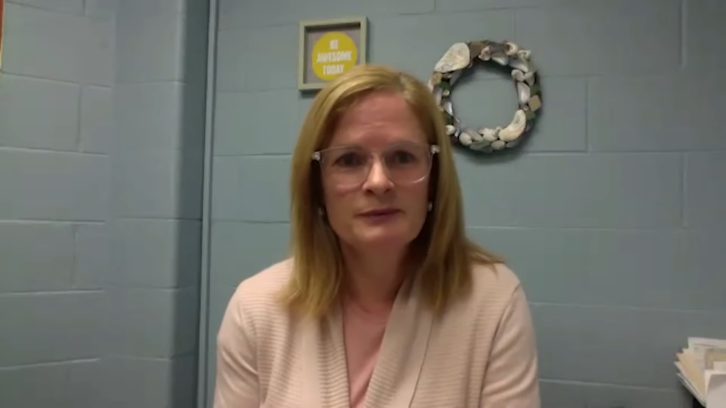Nova Scotia announces millions for math and literacy, but it’s news to teachers
Programs are part of $14.3 million in education-related funding announced Wednesday

caption
The province announced Wednesday $14.3 million in education-related spending, including $4.1 million for new math and literacy programs.Editor's Note
This story was updated on Dec. 3 to include a comment from the Department of Education.
The province is spending $4.1 million on new math and literacy programs, but the president of the Nova Scotia Teachers Union has no idea what they are.
Education Minister Zach Churchill announced funding on Wednesday for new online math and literacy programs available to students in the classroom and at home. They include a math program for grades 3 to 10, a literacy program for grades Primary to 3, and a writing program for grades 4 to 6.
The funding is part of $14.3 million in education-related spending announced Wednesday from the federal Safe Return to Class fund.
“Math and literacy are foundational skills and we know our students benefit from more time and practice in these areas. This is why we plan to implement new supports to help our students and improve their outcomes in these two foundational learning areas,” said Churchill.
During a news conference, Churchill said that the math for grades 3 to 10 has already been piloted and will now be adopted across the province.
When asked about what the $4.1 million will be spent on, Churchill said, “Resources, programming, new materials, these sorts of things to deliver those enhanced programs.”
The Signal asked the education department for more details, but did not receive them by deadline.
Nova Scotia Teachers Union President Paul Wozney says he will reserve judgment about how useful these programs will be until he knows what they are.
“Is this a bank of video lessons that are going to support remote learning in the event that remote learning needs to happen?” Wozney said in an interview.
“Are they buying this off the shelf from a company like Pearson or a major multinational conglomerate curriculum provider? Are they seconding teachers to make ‘Made in Nova Scotia’ resources?”
Wozney says it’s not unusual for the government to make these announcements publicly without telling teachers anything beforehand: “This government always communicates to the public before it communicates to teachers, always.”
The announcement comes after the province found in a survey of students and parents that over 20,000 students fell behind when schools shutdown in the spring. Churchill said that they have already put resources in place to help students catch up, but they won’t know if they are working until they look at the student assessments over the coming weeks.
The department decided to put this money towards math and literacy now because they “are foundational to learning.”
More funding for food programs, new fountains
The province also announced $1.5 million for student food programs. Of that money, $500,000 will go to buying food for existing school food programs, like breakfast programs and lunch programs.
The remaining $1 million will go towards an emergency fund for supporting students who rely on these programs for meals in situations where students are learning at home. The province is leaving it up to school and communities to figure out how to deliver those programs – it could mean giving families grocery store gift cards, delivering baskets of food to families, or other options.
Churchill said schools are already doing this and the funding will be immediately available to them.

caption
Deanna Rawding speaks during a virtual news conference announcing new education funding.Deanna Rawding, principal of West Northfield Elementary School, said during the news conference that schools she’s seen more students using these programs since the start of the pandemic.
“Would I say it increased during COVID? Yes, because we had some families that lost jobs due to, you know, COVID, or were unable to get the hours they needed to support their family,” said Rawding.
In September and October, schools in the South Shore Regional Centre for Education spent $27,000 on breakfast programs and $12,000 on lunches for kids who need them, said Rawding.
The province also announced it will spend:
- $3.8 million to install 950 touchless water fountains in all schools
- $2.7 million for additional inspections and repairs of school ventilation systems
- $1.5 million to purchase additional personal protective equipment for students and staff
- $700,000 to support a transition from in class learning to a blend of in class and at home learning, if they need to transition in the future
Province provides details on math and literacy programs
In an email on Thursday, education department spokesperson Violet MacLeod said the math program for grades 3 to 10 is Knowledgehook, an online math assessment program. The department said it received positive feedback from its pilot and is now implementing it across the province.
The department will select the two literacy and writing programs through provincial tenders, MacLeod said. Both programs will be offered in English and French and must also have culturally diverse material.
